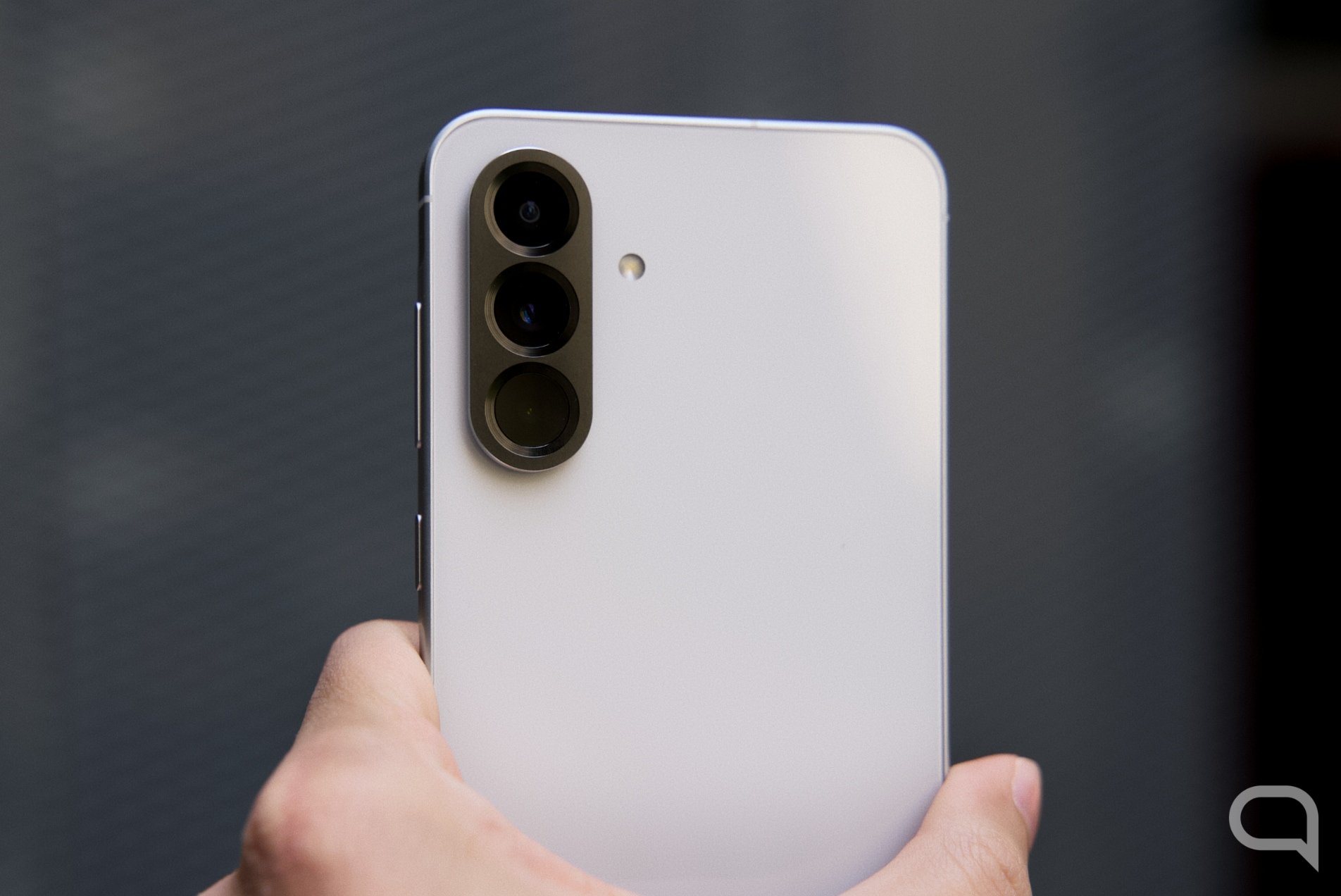Announcement about Apple Vision Pro This continues to give people something to talk about, and there are many reasons for this. One of the most curious moments of its launch is that Apple avoided calling them strictly a product of virtual or augmented reality.. And the reason is that they still correspond to both worlds and neither of them at all.
Sounds counterintuitive, but that’s probably how it’s meant to be. Introducing Vision Pro, Apple mixed a variety of concepts. We’ve seen some of them in other products – let’s call them Meta Quest, HTC Vive, HoloLens, etc. – and others promise to revolutionize the industry.
For the past year, before knowing if they will finally see the light of day, the Apple Vision Pro has been referred to as “mixed reality glasses”. This happened both among the press and analysts, and among the public. At some point, they started talking about “augmented reality”, although this did not have much impact. And the very concept of mixed reality is perfectly applicable to what the device offers, but Apple (being Apple) decided to give this issue a more dramatic touch.
During the presentation of Apple Vision Pro, it was not about virtual reality or mixed reality, but about space computingor spatial calculations. And the only mention of augmented reality was as an introduction when Tim Cook took control keynote address from the stage of the Steve Jobs Theatre.
“I believe that augmented reality is a technology with great potential. Combining digital content with the real world can open the door to experiences never seen before. And today, I’m excited to introduce you to a brand new AR platform in a revolutionary new product,” the Cupertino-based firm’s CEO said before giving way to a first look at the glasses in question.
Apple Vision Pro: Why “spatial computing” and not mixed or virtual reality
Without a doubt Apple has a PhD when it comes to naming for new features of your products. If the recent past is any experience, dynamic island (Dynamic Island) iPhone 14 Pro and Photon engine (Photonic Engine) iOS 16 are prime examples of this. Then it is easy to see that the term space computing it has all the marketing engineering of Cupertino. But it doesn’t stop there.
For this reason, I mentioned earlier that the Apple Vision Pro presentation brought with it a very interesting mix of concepts and at the same time confusing. The new device promises to combine the best of virtual reality and augmented reality for both entertainment and productivity. but without turning 100% to either.
As we said, this is mixed reality at its best. But Apple believes that space computing (or spatial computing) is the best way to describe this technology. And let’s go back a few lines: it has a lot of marketing, but also a lot of meaning.
Apple Vision Pro attempts to transform the space around the user into a kind of endless three-dimensional canvas where you can interact with multiple apps for work and communication or immerse yourself in an immersive experience while playing games or watching movies or series. That the screen frames of a mobile, tablet, PC or TV are no longer the limit.
The Californians presented various scenarios for the possible use of glasses, and of course some of them seemed more real than others. Some of the cases were downright dystopian (such as taking pictures or videos of your children), although this may have been the only way to highlight such a specific characteristic. The truth is that in all the concept is the same: Apple Vision Pro is the first step towards the computer of the future.
This does not mean that it is free from contradictions. On the one hand, Apple seems to be saying: “this is AR at an unprecedented level, and not at what Pokemon Go“. For another, select to show experience with games completely removed from virtual reality immersion. After all, we haven’t seen anyone use the Vision Pro in Bit Saberbut to the topic of playing NBA 2K23 with PS5 DualSense controller. The same thing you could do with the TV in the living room, but with a helmet on your head.
ford retrometaverse

Apple has also decided to stay away – at least for now – from virtual worlds. it might draw comparisons to the metaverse. In fact, during keynote address Any reference to Meta’s efforts or similar projects (own or third-party) has been avoided, and rightly so. If with Apple Vision Pro it was not about “avatars”, but about “digital people”.
It can be seen from this that it is space computing it’s a combination of a lot of technology, a ton of marketing, and words chosen with stern care. Of course, until Apple Vision Pro hits the market, we won’t know how good this new platform will be. At $3,499, it’s hardly a bestseller.. However, they may become the cornerstone of Apple’s developments for decades to come.
Today, Apple is puffing out its chest in front of its competitors. He has shown that he has the hardware and claims that he has the software to disrupt the tech industry like never before. According to Californians, VisionOS it is “the first operating system built specifically for spatial computing.” It will be a matter of time to see if it lives up to what it promises. Although some already assume that there will be no truly promising project. Until Tim Cook takes a picture with Apple Vision Pro instead of just standing next to him.
Source: Hiper Textual
I’m Ben Stock, a highly experienced and passionate journalist with a career in the news industry spanning more than 10 years. I specialize in writing content for websites, including researching and interviewing sources to produce engaging articles. My current role is as an author at Gadget Onus, where I mainly cover the mobile section.













